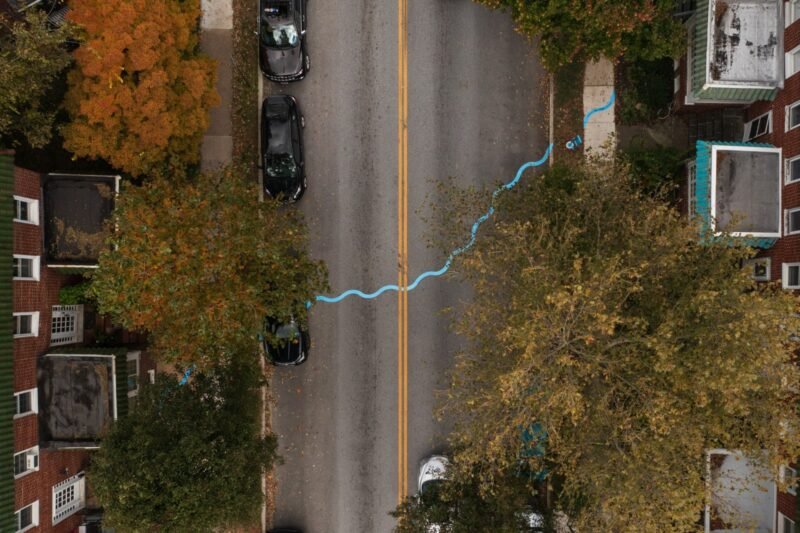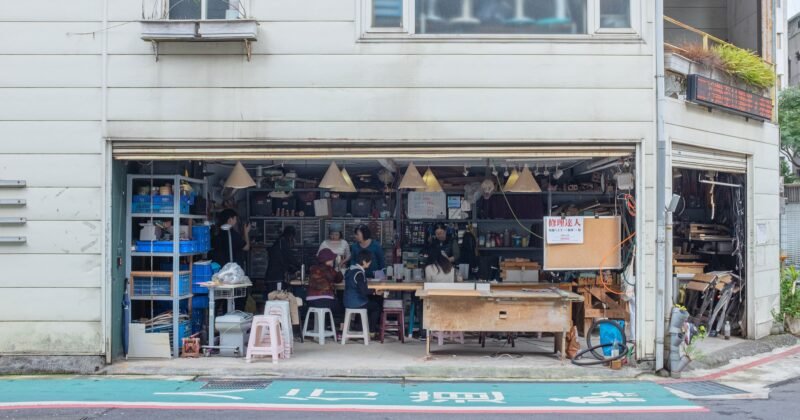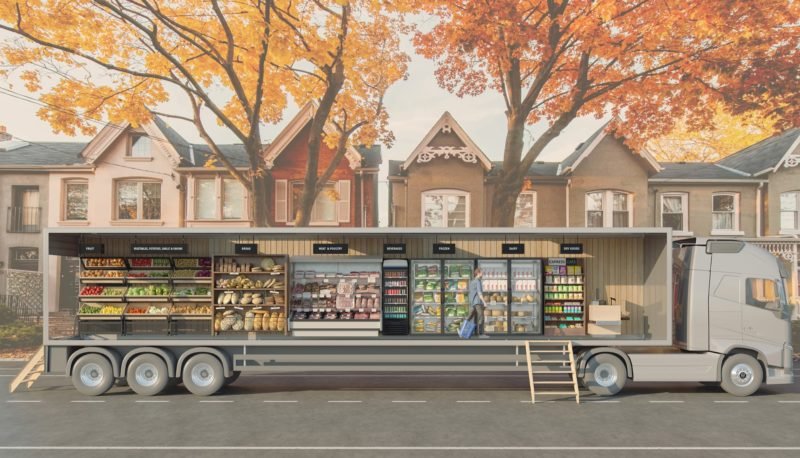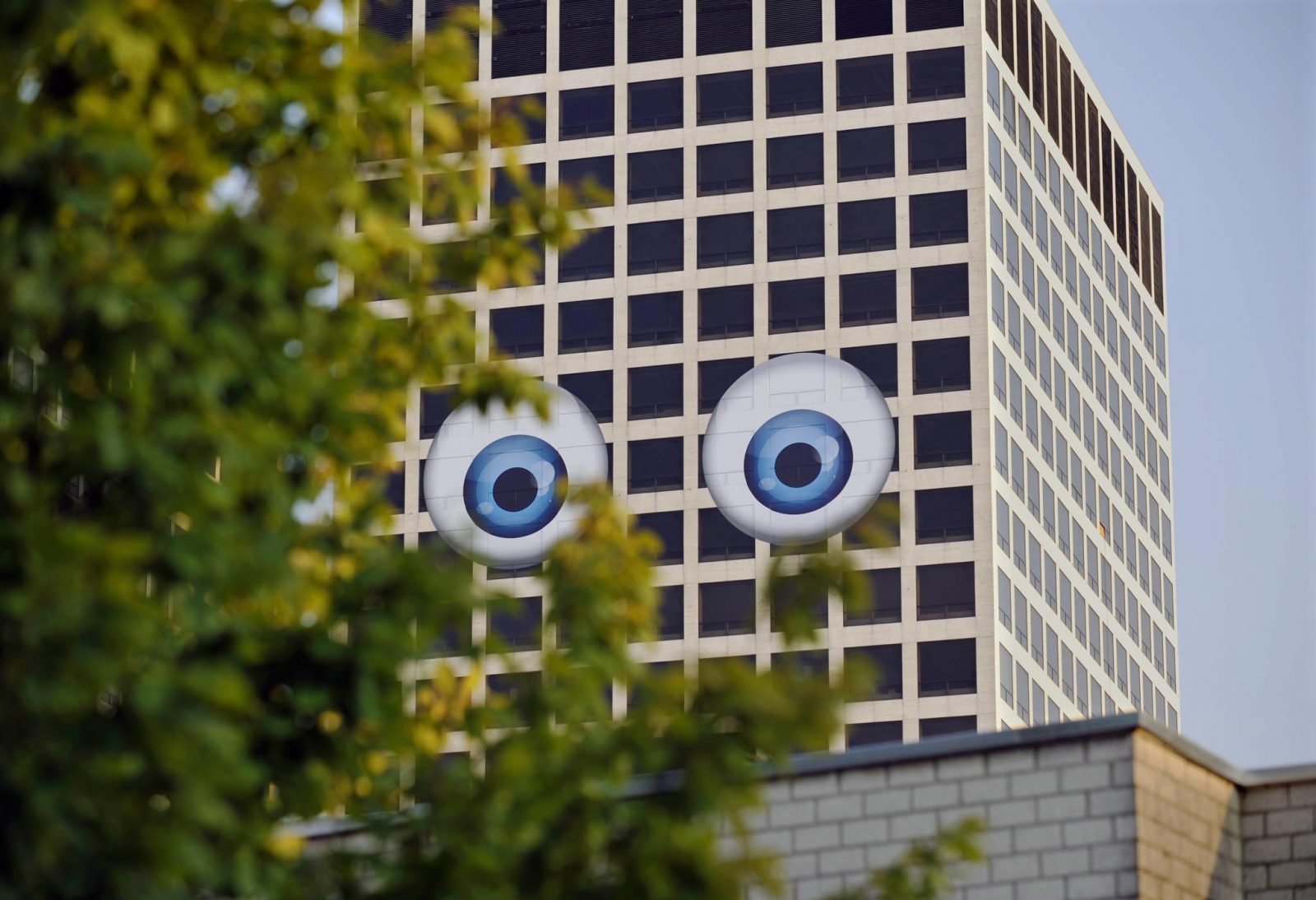World In A Shell: The Polliniferoused Container

Probably it is best to start off by asking what the World in a Shell installation is not? It’s just not yet flying, at least not by it’s own means, even though it looks like a spaceship. Besides that, the intervention by Blindpainters artist Hans Kalliwoda, whom some of you might know from the Europartrain project, is tipping on a whole range of up to date issues ranging from sustainability, mobility and the deployment of new technologies for everyday living, to intercultural and interdisciplinary crosspollination, natural disaster management and modular working and living solutions.
Let’s look at the ultimate boy-toy-recipe first: at the base stands a recycled 1973 standard sized shipping container. Everything needs to fit in there. Add a research/design/construction phase of almost 10 years under the patronage of the Rector Magnificus of the Technical University Delft and the Director-General of UNESCO, collaborate with more than 100 researchers and firms, and you’ll get the most powerful ‘plug and play’ mini-grid system complete with it’s own fold-out hydraulically-driven legs and ability to function in every climate and environment of the world. Archigram’s Walking City is just around the corner.

Energy is raised by a hybrid solar and wind system, stored in battery banks and consumed by specially designed LEGO-like modules each with a specific function such as cooking, water recycling or multimedia communication. The double membraned canopy tent structure creates an additional 100 square meters of usable space, allowing for extraction and re-channeling of air for heating or cooling. There’s much more fine geek stuff to it, such as the Live Data Relay on the project’s website, but one question still remains: why?
Over the next five years the World in a Shell will travel to eleven UNESCO World Heritage Sites, being an intercultural swap-shop, a gallery space for locally curated exibitions, a library for hunted down art and ideas and a high tech laboratory for disaster management, all at the same time. Central to the project is the collection, dessemination and cross-pollination of ideas and information. The results of this epic journey will be displayed on the projects’ website and newly gathered material will regularly be added to the loose-leaved catalogues. The installation is in stasis at the moment, preparing for the projects’ first stop with the San people in Ghanzi, Botswana. You can also become a micropatron of the project.




